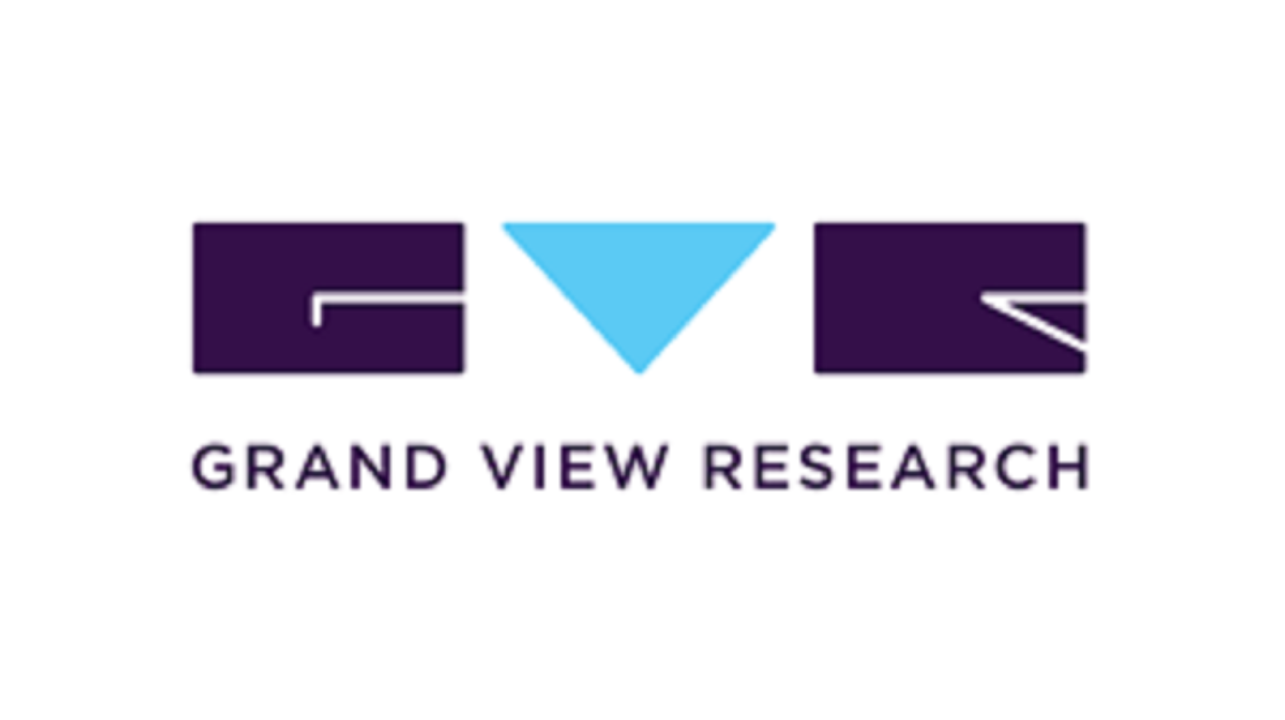The Malaysia health insurance market was valued at approximately USD 915.44 million in terms of Gross Written Premium (GWP) in 2024. This market is anticipated to experience steady growth, with a projected compound annual growth rate (CAGR) of 9.99% from 2025 through 2030. Similarly, when measured by New Business Premium (NBP), the market size was estimated to be around USD 137.23 million in 2024, and this segment is expected to grow at a slightly higher CAGR of 11.26% over the same forecast period.
Several key factors are driving this growth in Malaysia’s health insurance sector. Shifts in demographics, evolving economic conditions, and increasing consumer awareness about health risks and insurance benefits all contribute to the expanding market. One of the primary drivers is the rising cost of healthcare services across the country, which is boosting demand for both public and private health insurance coverage.
Medical expenses in Malaysia have been on a consistent upward trajectory, largely due to an increase in chronic disease prevalence, the high costs associated with advanced medical treatments, and ongoing investments to improve healthcare infrastructure. The public healthcare sector remains the dominant funding source for health services in Malaysia, accounting for approximately 51.2% of total health expenditure. This public funding is mainly sourced from the government’s Ministry of Health (MoH), which serves as the largest single contributor, supplemented by out-of-pocket payments made directly by patients and coverage provided by private insurers.
Despite the strong role of public healthcare, there is a noticeable shift towards greater adoption of private health insurance. Many individuals are opting for private plans to obtain additional coverage beyond what the public system reimburses. This includes services such as alternative therapies and certain prescription medications that are either not fully covered or excluded under public healthcare schemes. This growing preference highlights the increasing importance of private insurance in addressing gaps within the healthcare financing framework in Malaysia.
Key Market Trends & Insights:
• When analyzing the Malaysia health insurance market by insurance type, the private insurance segment emerged as the clear leader in 2024, commanding the largest revenue share of 72.98%. This significant dominance highlights the strong preference for private health insurance products among consumers, driven by the desire for more comprehensive coverage and access to a wider range of healthcare services beyond what is offered by public insurance schemes.
• Looking at the market through the lens of policy type, the retail policy segment took the forefront, capturing the largest revenue share of 54.44% in 2024. Retail policies typically cater to individual customers seeking personalized health insurance plans, which suggests that individual consumers form the majority of the market compared to group or corporate policies. This reflects increasing awareness and willingness among individuals to invest in their own health coverage.
• In terms of how health insurance products are distributed, the agents segment accounted for the largest share of market revenue in 2024. Insurance agents play a crucial role in connecting consumers with suitable insurance plans, often providing personalized advice and assistance throughout the purchasing process. The prominence of agents as a distribution channel underscores their continued importance in driving sales and expanding the reach of health insurance products across Malaysia.
Order a free sample PDF of the Malaysia Health Insurance Market Intelligence Study, published by Grand View Research.
Market Size & Forecast:
• 2024 Market Size: USD 915.44 Million
• 2030 Projected Market Size: USD 1,605.50 Million
• CAGR (2025-2030): 9.99%
Key Companies & Market Share Insights:
The private health insurance sector in Malaysia is characterized by a high degree of fragmentation, with numerous players vying for market share. Among the key insurers in this segment is Generali Insurance Malaysia Berhad, which is part of one of the world’s largest insurance groups. Generali offers a wide range of diverse and comprehensive accident insurance products that are specifically designed to meet the needs of different customer segments, showcasing their ability to cater to varied client demands.
Another leading player in this space is Lonpac, which holds a significant portion of the market share, particularly among civil servants and high-income individuals. Lonpac’s strong foothold in these demographics highlights its reputation and targeted approach within these groups, allowing it to maintain a dominant position.
In addition to these, other notable private insurers such as Tokio Marine, Berjaya Sompo, and MSIG are actively competing within the market by providing flexible and personalized coverage options. These companies place a strong emphasis on enhancing the overall customer experience, striving to differentiate themselves by tailoring their products to individual needs and offering superior service. This competitive landscape is fostering innovation and customer-centric approaches across the private health insurance sector.
Key Players
• Lonpac
• Tokio Marine
• Berjaya Sompo
• MSIG
• Generali Insurance Malaysia Berhad
• AIA BHD
• Etiqa Insurance
• AIG Malaysia
• Zurich General
• Allianz General
Explore Horizon Databook – The world's most expansive market intelligence platform developed by Grand View Research.
Conclusion:
The Malaysia health insurance market is experiencing robust growth, driven by factors such as evolving demographics, economic conditions, and heightened consumer awareness. The escalating healthcare costs in the country are propelling the demand for both public and private health insurance options. Medical expenses have been consistently rising due to the increasing prevalence of chronic diseases, the costs associated with advanced medical treatments, and continuous improvements in healthcare infrastructure. While the public healthcare sector remains the dominant source of funding, covering a significant portion of total health expenditure, there is a noticeable shift towards private health insurance.


